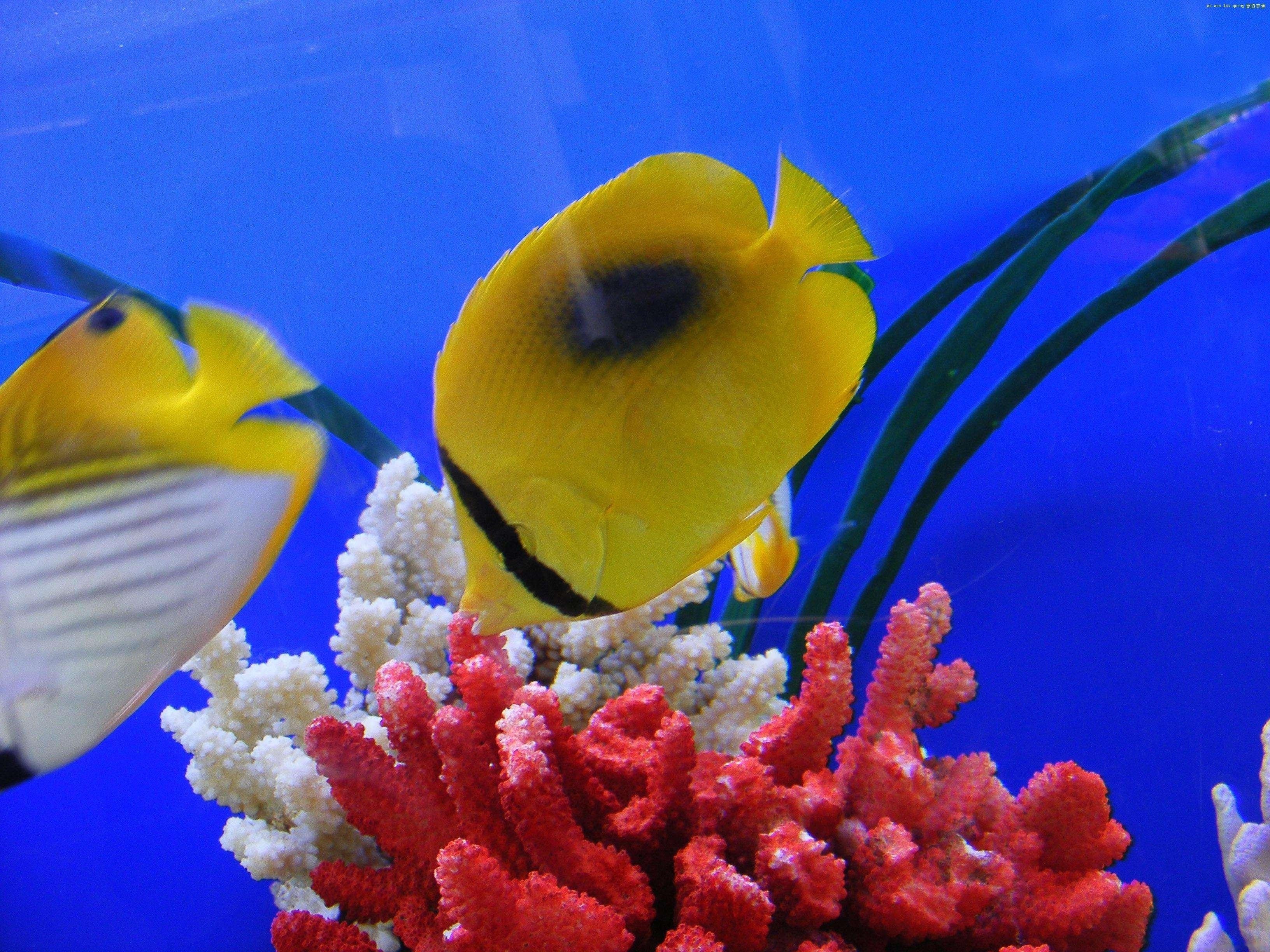
Although there are many kinds of ornamental fish, some problems are common based on the fact that ornamental fish are used for ornamental purposes, and then they need to be raised. Well, this is a key point. The editor has sorted out the common problems of different ornamental fish for the reference of ornamental fish owners!
1. Selection of ornamental fish feed
1. Fish Demand
There are thousands of species of ornamental fish, and different fish like to eat different foods. To choose a good fish feed for fish, it must first be determined according to the preferences and needs of aquarium creatures.
2. Types of feed
There are many different types of fish feed, such as live feed, frozen feed, dry feed and so on. At present, there are professionally researched and developed fish feeds on the market. These types of feeds are currently used by breeders and are more convenient to buy and feed.
3. Nutritional value
Generally speaking, it can be used as live bait for fish feed, such as red worms, red worms, water fleas, shrimps, larvae and so on. This type of fresh feed has high nutritional value.
4. Clean and hygienic
To choose a good fish feed, you need to pay attention, whether you are buying fresh fish bait, frozen fish and frozen shrimp, or professional fish feed , First of all should pay attention to the quality of the bait. Fresh bait cannot carry any bacteria or viruses, and frozen fish and frozen shrimp cannot be rotten.
2. Judgment of hunger and fullness of ornamental fish
5. Not enough to eat
(1) Insufficient feed
Pay close attention to the feeding of fish The length of time spent eating at the table or food court. If after putting in a certain amount of feed (normal feeding amount), it takes less than 2 hours for the fish to eat the feed, indicating that the feed is insufficient, and some fish have not eaten or are full, and should be added appropriately.
(2) Increase in food intake
If the feeding amount per ten-day is constant, the daily feeding amount will be the same within ten-day period, but the feed fed at the end of ten-day period will be consumed in less than 2 hours. After the fish has finished eating, it means that the fish has gained weight, and the amount of feed should be increased.
6. Already full
The ornamental fish eat feed, and the time is less than 2 hours. For example, the ornamental fish has dispersed from the ornamental fish food table and the food court, and there are leftover bait. Ornamental fish have more than enough to eat, and the amount of feed for ornamental fish can be reduced as appropriate next time.
3. How do ornamental fish fade?
7. Water quality and environment
The water quality and environment affect the body color of the fish, and the resulting fish speciesThe body shapes, colors, and personalities are different. To sum up, it is one kind of water, one kind of fish. It is also because of different water quality environments that the color of the fish's body surface is very different.
8. Genetic factors
Genetic factors can also change the body color of fish. At different stages of fish growth, body color is also constantly changing. Some fish will have an obvious turning period, which is mainly due to genetic factors.
9. Add pigments
The fish fed with pigments are easy to fade. The color of this fish is acquired through rearing, and pigments are added to the surface of the fish. When the fish stop taking the pigment, the color of the fish's body surface will gradually fade and dim.
4. Judgment of the health of ornamental fish
10. Check the fish gills
The gills are the respiratory organs of ornamental fish, and a large amount of poison may accumulate here. The gills of the fish are not smooth, rough and dark red.
11. Smell the smell of fish
Normal fish has a distinct fishy smell. Contaminated fish have an abnormal smell. Due to the different poisons, the smell is different, such as garlic, ammonia, kerosene, gunpowder, etc. The gills with high phenol content can even be ignited.
![[Dog Training 5] The training method of pet dog dining etiquette](/static/img/12192/12192_1.jpg)




